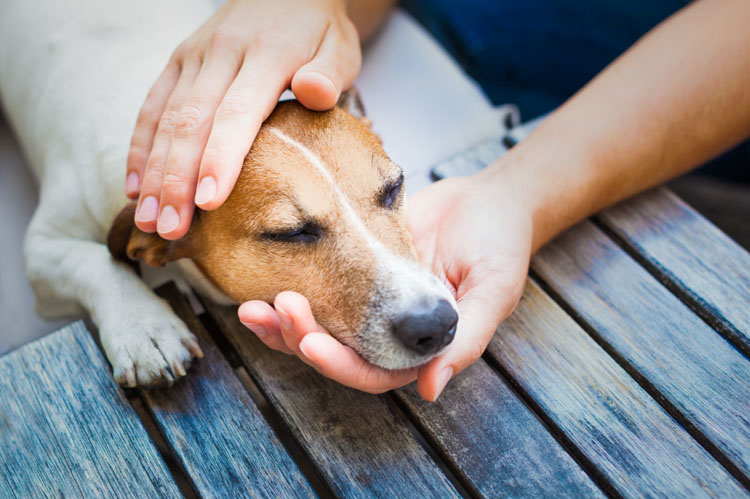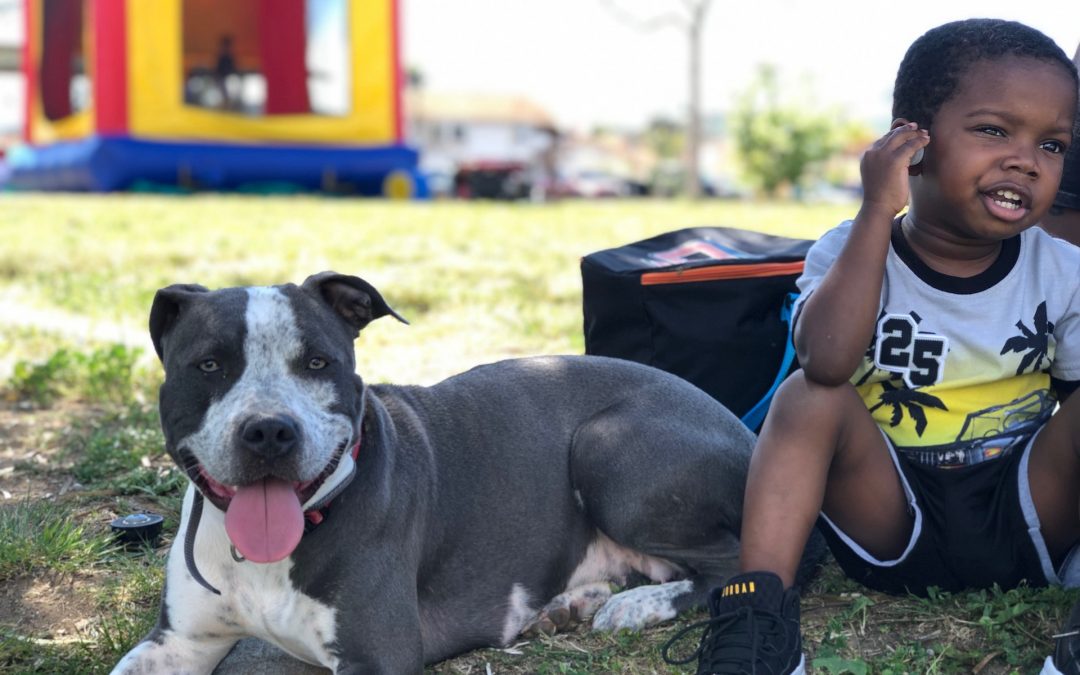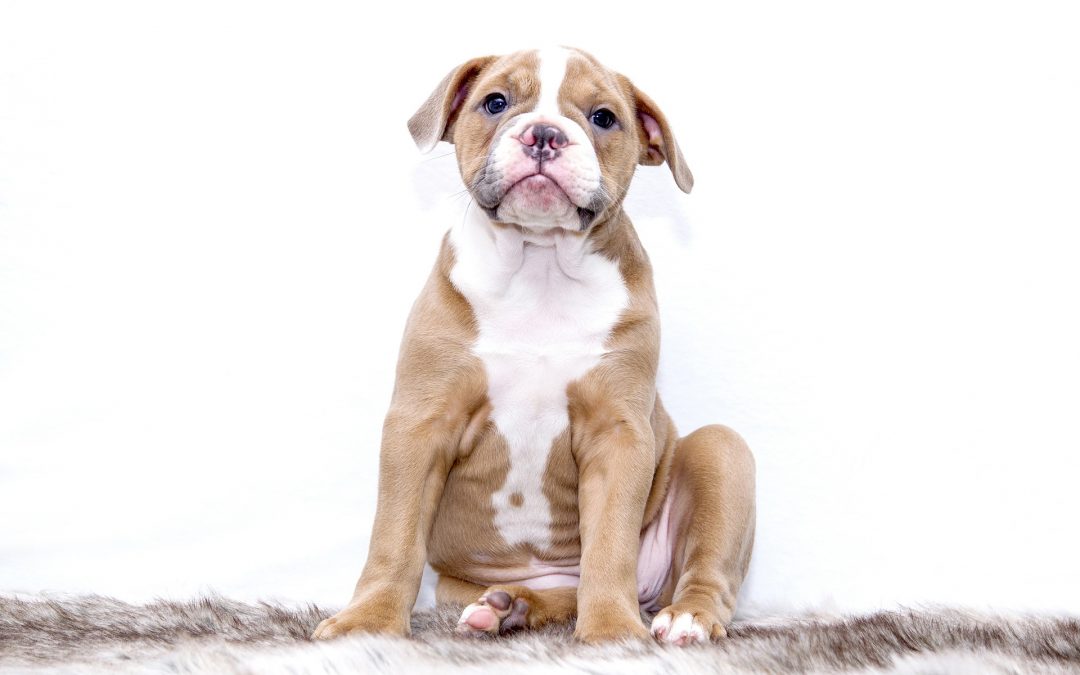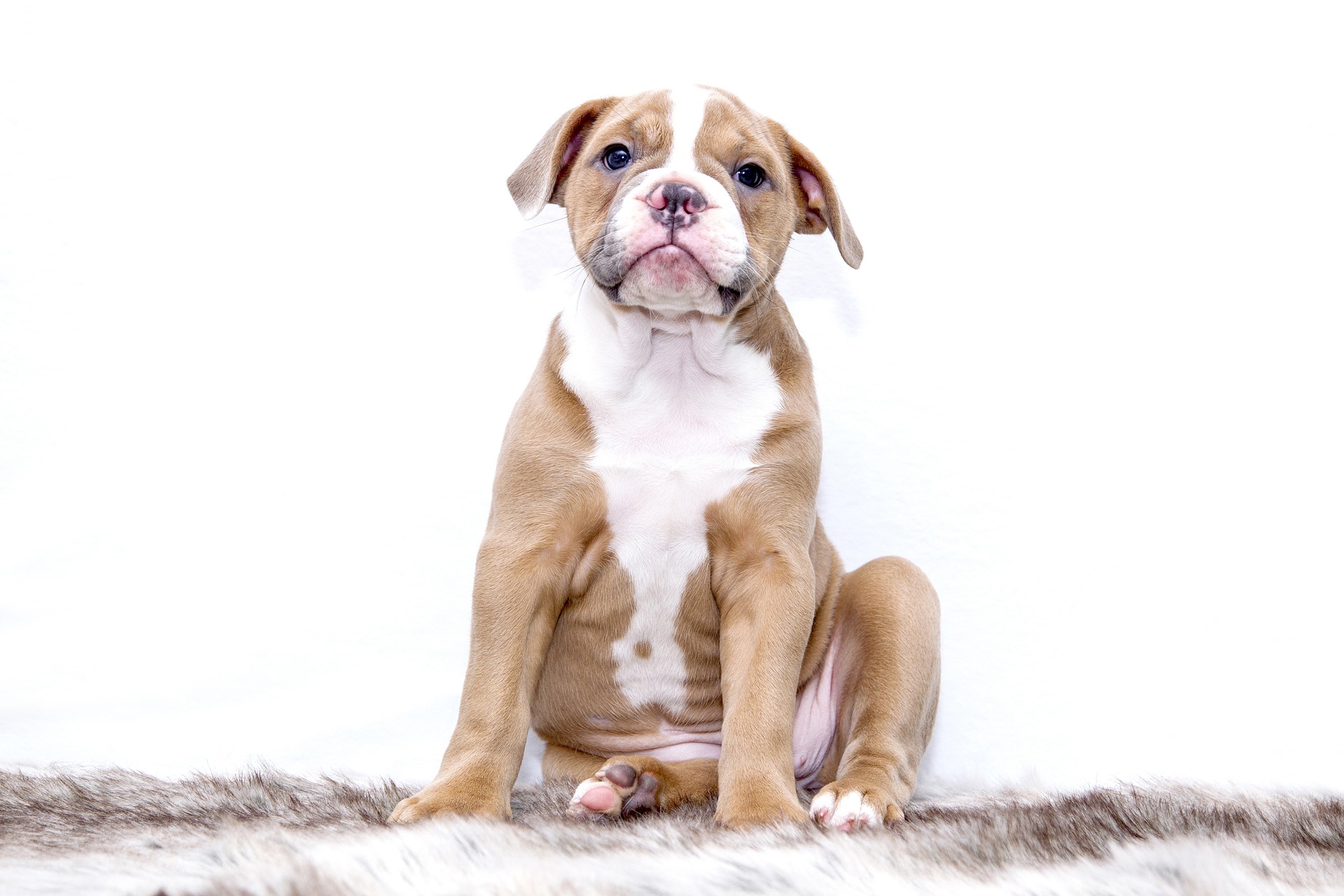
Teach Your Dog to Calm Down with These 3 Tips
Teach Your Dog to Calm Down with These 3 Tips:
Teaching a “settle” is a great new behavior to teach your dog. We recommend that you only practice teaching the settle when your dog has been exercised. You can’t teach a settle to a dog that hasn’t received any attention all day and expects him to be calm. Take your dog for a good walk or run before you practice settle, you can even work on other basic obedience cues to get your dog into the learning mode vs. play mode. Remember that training sessions should be no longer than 5 minutes, as dogs have naturally short attention spans and learn best in small increments.
Catch the behavior. The concept of catching a behavior is that you identify and reward behaviors or actions that your dog performs without a cue from you or anyone else, thus making it more likely that the dog will repeat that behavior or action again. Settle provides a wonderful opportunity to catch a behavior. If you happen to catch your dog sleeping, take a tasty treat and leave it right in front of his nose. Don’t say anything at all. Try to be as inconspicuous as possible when you are rewarding this. Your pup will wake up to a tasty treat, which will make him start to associate sleeping with getting food rewards! Conversely, you can pet your dog and give attention when they are sleeping, just be careful to not scare him.
Lure the behavior. Luring is showing your dog something it wants, usually food, and using it to encourage the dog to move in the desired way. You can teach the settle by luring your dog into it. Lure your dog into a down behavior by bringing the treat down between his forelegs. Once your dog is in the down, wait for him to relax in some way. The tricky part of this is that you need to be certain you are rewarding the calmness, not the down. I usually wait until the dog cocks his hip to one side and looks away from the treat. You may find it will take some time for your dog to think about something other than the treat. This is normal and to be expected when you are first teaching the settle. Just be persistent and patient with your dog. When you get a moment of calm, you can tell your dog “good settle” as you reward him. If your dog can’t seem to wrap his head around being calm, that’s okay! You can always walk away and come back to this training later.
Only give affection to what you want. Overall, the success of this behavior is dependent upon your consistency. If you give attention to your dog when he is jumping around, you can almost guarantee that you will see more jumping overall. If you want a calmer, more relaxed dog, be certain that you are giving plenty of attention to your dog when he is not bouncing off the walls. The best time to engage in a game of fetch is when your dog is in the middle of a nap, not when he is dropping the ball in your lap and barking at you! If you have guests over and your dog can’t contain himself, do not allow this to be reinforced by accident! Set him up for success by removing him from the situation entirely. A great option is to give him a frozen chew in his crate whenever new people arrive. This will begin to build a strong association with calming down, finding something to chew on, and sleeping when guests are present.
Find the full blog HERE by our trainer, Malory





